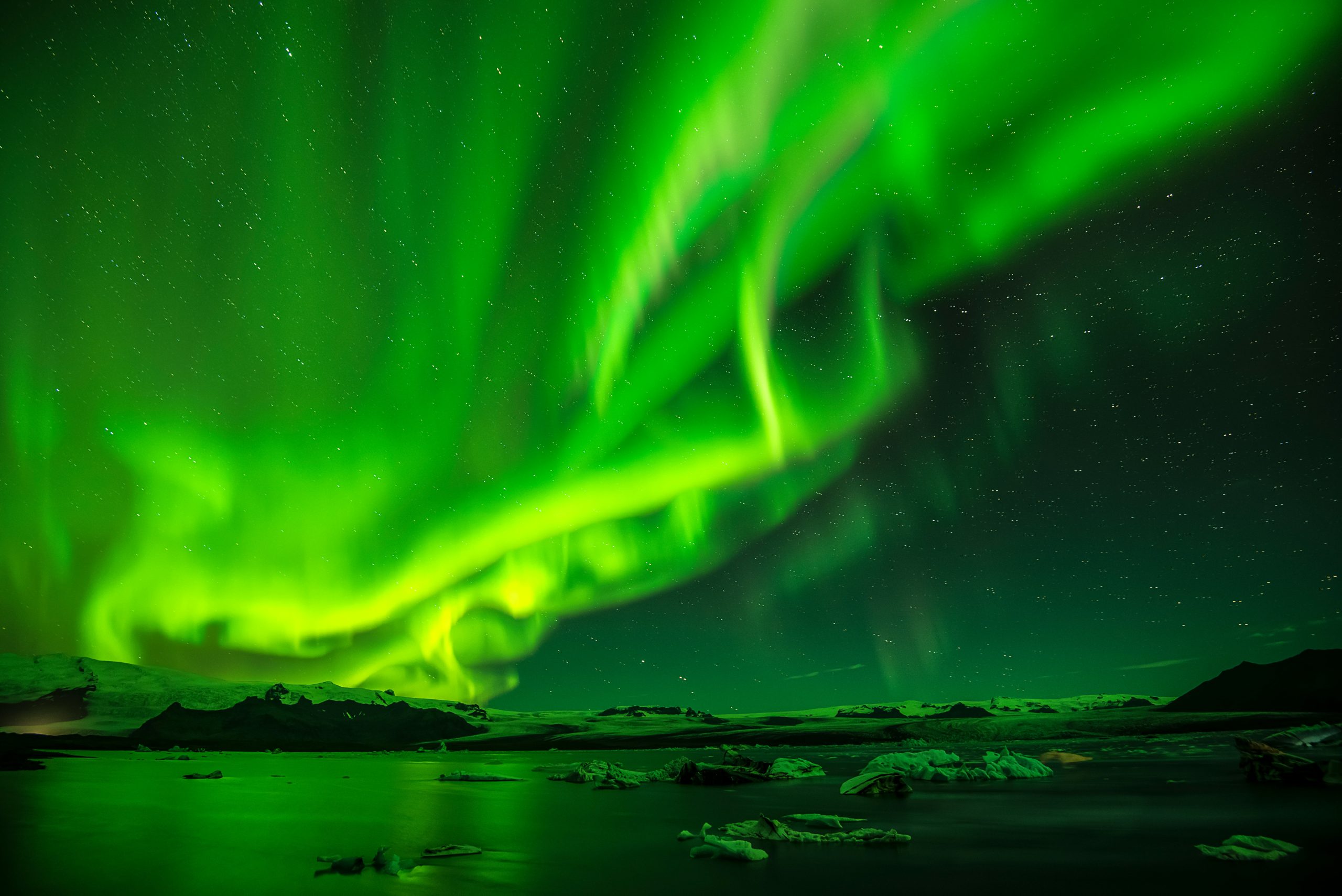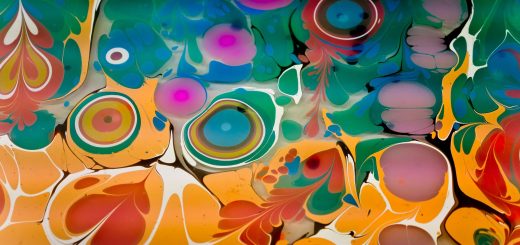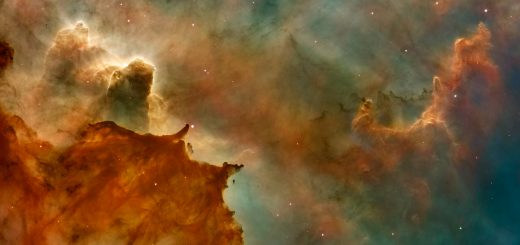How Animals Adapt to Changing Urban Landscapes

Before diving in, please note: This post is for informational purposes only. If you’d like to know more about how we approach topics, feel free to check out our friendly Disclaimer Page.
Hey there, amazing readers! 🖐️ Just a quick note: yes, we know there are a lot of ads here. Trust us, we get it—it’s not the prettiest look, but they help us keep this blog alive and kicking. Those pesky little ads cover the costs of all the behind-the-scenes magic, from hosting and tech stuff to creating content we hope you’ll love.
We’re committed to delivering quality posts, and your support (even just sticking around despite the ads) means everything to us. So, bear with us, and thanks for helping us keep the good vibes rolling. Now, on to the fun stuff! 😉
TRANSLATE BUTTON AT THE END OF THE ARTICLE
Urbanization is one of the most significant changes to the natural environment in modern times.
As cities grow and landscapes shift from forests and fields to concrete jungles, wildlife is forced to adapt or relocate.
But nature is resilient, and many animals have found creative and fascinating ways to survive—and even thrive—in urban environments.
Let’s explore how animals adapt to the ever-changing urban landscapes and what this means for wildlife and humans alike.
The Challenge of Urbanization
Urbanization presents a range of challenges for animals:
Loss of Habitat: Natural environments are replaced by buildings, roads, and infrastructure.
Fragmented Ecosystems: Remaining green spaces are often small and isolated, making it hard for animals to find food, mates, or shelter.
Human Activity: Increased noise, light, and human presence can be disruptive.
Pollution: Air, water, and soil pollution pose serious threats to wildlife health.
Despite these challenges, many species have displayed remarkable adaptability, finding ways to live alongside humans.
Behavioral Adaptations to Urban Environments
Some animals change their behaviors to better suit city life.
Nocturnal Shifts: Many animals become more active at night to avoid human interaction.
Raccoons, foxes, and coyotes are prime examples.
Opportunistic Feeding: Animals like pigeons, rats, and crows thrive by scavenging human food waste.
Reduced Fear of Humans: Urban birds and squirrels often lose their natural fear of people, allowing them to forage closer to human activity.
Physical Changes in Urban Wildlife
Over generations, some species exhibit physical adaptations to city life.
Lighter or Darker Coats: Urban squirrels and birds sometimes develop darker or lighter coats, depending on their need to camouflage against urban backdrops.
Smaller Wings and Beaks: Some birds, like sparrows, have been found to evolve smaller wings and beaks, which suit navigating tighter spaces and accessing new food sources.
Enhanced Problem-Solving Skills: Animals in cities often display higher cognitive abilities, such as raccoons learning to open trash bins or crows using tools to obtain food.
The Rise of Urban Ecosystem Engineers
Certain animals play a vital role in shaping urban ecosystems, much like they do in the wild.
Bees and Pollinators: Despite urbanization, bees, butterflies, and other pollinators thrive in city parks and rooftop gardens, supporting urban biodiversity.
Burrowing Creatures: Animals like foxes and groundhogs create burrows in parks and empty lots, which provide shelter for smaller species.
Birds as Seed Dispersers: Birds that eat fruits in urban gardens help disperse seeds, encouraging the growth of vegetation in unexpected places.
Urban Survivors: Animals Thriving in Cities
Some animals are particularly well-suited to city life and have become iconic urban residents.
Pigeons: These birds, originally cliff dwellers, easily adapted to nesting on buildings and bridges.
Rats: Known for their resourcefulness, rats thrive on food waste in densely populated cities.
Coyotes: Increasingly spotted in urban areas, coyotes have learned to hunt smaller animals like rats and pigeons.
Crows: Highly intelligent, crows use tools, memorize food locations, and even recognize human faces.
Geckos: These lizards thrive under urban lights, which attract insects for easy hunting.
Urban Wildlife Hotspots
Certain city features provide unexpected opportunities for wildlife.
Parks and Green Spaces: Urban parks act as mini-refuges, supporting birds, insects, and small mammals.
Discover "Dog Care: Learning How to Care for Your Furry Friend 🐾"
Rooftop Gardens: Rooftop gardens and green roofs are increasingly popular, offering habitats for bees, butterflies, and birds.
Sewers and Subways: Rats and other small animals find shelter and food in underground systems.
Bridges and Overpasses: Many bats and birds use these structures for roosting and nesting.
Creative Adaptations: Examples from the Animal Kingdom
Here are some fascinating examples of urban animal adaptations:
Raccoons Opening Trash Cans: Raccoons in urban areas have developed clever techniques to open latches on trash bins.
Crows Using Crosswalks: In Japan, crows have been observed using crosswalks to crack nuts by dropping them and waiting for cars to drive over them.
Leopards in Indian Cities: Leopards near Mumbai are known to hunt stray dogs in the city’s outskirts.
Octopuses in Harbor Cities: Octopuses in harbors hide in pipes and use debris for shelter.
The Role of Urban Planning in Supporting Wildlife
While many animals are adept at adapting, urban planning can play a huge role in supporting coexistence.
Wildlife Corridors: Bridges and tunnels designed for animals allow them to safely cross highways and other barriers.
Native Plant Landscaping: Using native plants in urban landscaping supports local pollinators and birds.
Dark Sky Policies: Limiting light pollution benefits nocturnal animals like bats and owls.
Green Roofs and Walls: These features provide additional habitats for insects and birds in highly urbanized areas.
How Humans Can Help Urban Wildlife
We can take steps to make cities more welcoming for animals:
Provide Water Sources: Place water bowls for birds and small mammals in your yard or balcony.
Install Bird Feeders: Bird feeders help support local bird populations, especially during winter.
Avoid Harmful Pesticides: Pesticides harm not only pests but also beneficial species like bees and butterflies.
Build Shelters: Simple shelters, like birdhouses or bat boxes, offer animals a safe place to rest.
Drive Carefully: Be mindful of wildlife crossings, especially in suburban areas.
The Benefits of Coexisting with Urban Wildlife
Living alongside urban wildlife has its perks!
Ecosystem Balance: Animals help control pests and pollinate plants.
Educational Opportunities: Observing wildlife up close fosters curiosity and environmental awareness.
Mental Health Boost: Interacting with nature, even in urban areas, reduces stress and improves well-being.
Conclusion
As cities expand, animals continue to amaze us with their resilience and ingenuity in adapting to urban landscapes.
Whether it is raccoons raiding trash bins, crows cracking nuts, or bees pollinating rooftop gardens, these creatures remind us of nature’s ability to thrive against the odds.
By creating wildlife-friendly urban environments, we can support these remarkable adaptations and enjoy a harmonious coexistence with the animals that share our cities.
After all, they are not just survivors—they are essential members of our urban ecosystems.

The Enlightenment Journey is a remarkable collection of writings authored by a distinguished group of experts in the fields of spirituality, new age, and esoteric knowledge.
This anthology features a diverse assembly of well-experienced authors who bring their profound insights and credible perspectives to the forefront.
Each contributor possesses a wealth of knowledge and wisdom, making them authorities in their respective domains.
Together, they offer readers a transformative journey into the realms of spiritual growth, self-discovery, and esoteric enlightenment.
The Enlightenment Journey is a testament to the collective expertise of these luminaries, providing readers with a rich tapestry of ideas and information to illuminate their spiritual path.
Our Diverse Expertise 🌟
While our primary focus is on spirituality and esotericism, we are equally passionate about exploring a wide range of other topics and niches 🌍📚. Our experienced team is dedicated to delivering high-quality, informative content across various subjects ✨.
To ensure we provide the most accurate and valuable insights, we collaborate with trusted experts in their respective domains 🧑🏫👩🏫. This allows us to offer well-rounded perspectives and knowledge to our readers.
Our blog originally focused on spirituality and metaphysics, but we’ve since expanded to cover a wide range of niches. Don’t worry—we continue to publish a lot of articles on spirituality! Frequently visit our blog to explore our diverse content and stay tuned for more insightful reads.





